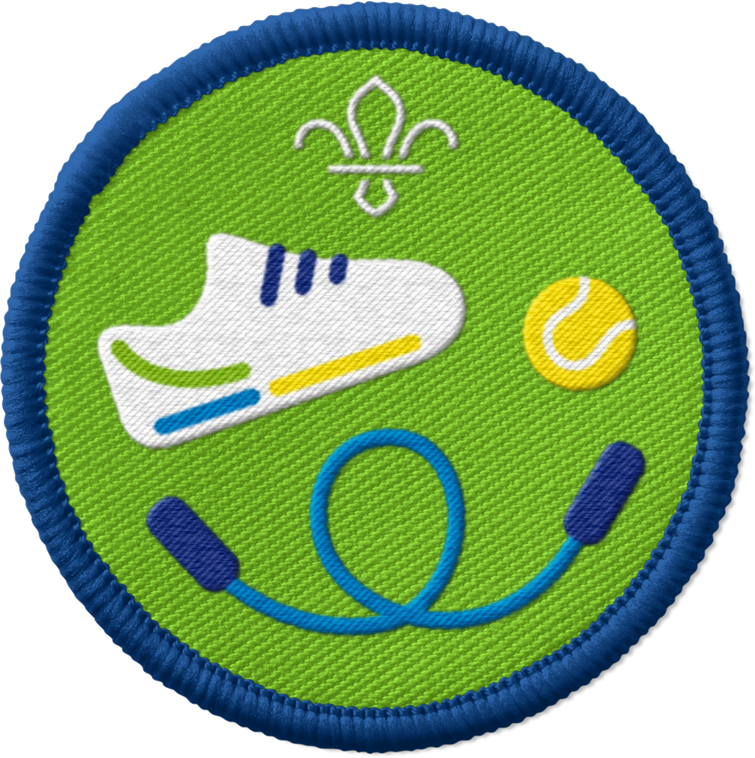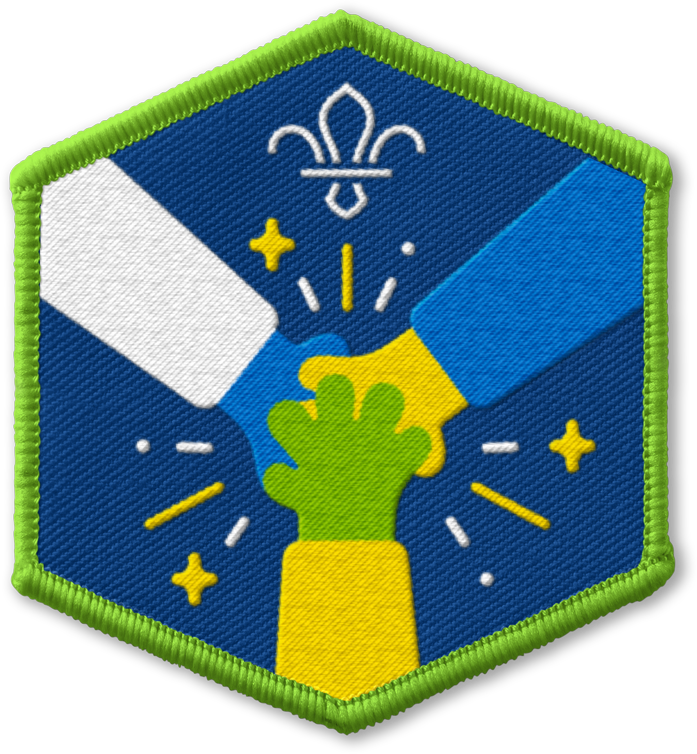Out of sight
You’ll need
- Hula hoops
- Blindfolds
- Small equipment to be gathered during the game
Learn through play
This activity was created with our friends at Boing Kids. Boing is all about giving children the tools they need to explore the world around them and solve problems in a fun way.
They support people to create playful, active, and inclusive spaces that develop children’s physical literacy.
Physical literacy means understanding how you interact with the world around you – it involves concepts, such as reacting to objects, moving creatively, and interacting with other people.
Before you begin
- Use the safety checklist to help you plan and risk assess your activity. Additional help to carry out your risk assessment, including examples can be found here. Don’t forget to make sure all young people and adults involved in the activity know how to take part safely.
- Make sure you’ll have enough adult helpers. You may need some parents and carers to help if you’re short on helpers.
You can’t see me
- Everyone should get into pairs and stand at the start line. One person in each pair should put on a blindfold.
- The aim of the game is for the blindfolded people to collect as much equipment as they can before reaching the finish line. They can't move backwards or step into a hoop.
- The people without blindfolds on should move from hoop to hoop, as they talk to their partners. They should guide them from the start to the finish line, collecting equipment and avoiding the hoops along the way.
- The people without blindfolds on can only talk when they’re stood in a hoop, but they can move between hoops as much as they like. Only one person can stand in each hoop at once.
- If a blindfolded player walks into a hoop, they should drop all their equipment and start again.
- The person leading the game should remind everyone to walk and not run. They should say ‘go’ to start the game.
- The game finishes once everyone has made it to the finish line.
The key to learning through games isn’t winning or losing: it’s creating the right atmosphere. Try to create a space where everyone feels confident trying new things, finding out what works, and learning from what doesn’t work.
Sometimes things might feel a bit chaotic – as long as everyone’s enjoying themselves and getting involved, you’re onto a winner.
There are three things you can change to get the right atmosphere: the task, the environment, or the individual.
If a game’s too easy (or it feels a bit boring), you could:
- make the task harder
- make the game area smaller
- add more obstacles
- give individuals different roles to do.
If a game feels too chaotic or difficult, you could:
- make the task simpler
- remove or change some equipment
- ask people to work together.
Reflection
Take the time to think about what you did and why – you’ll be amazed at what you learn. Try out a quick, active reflection from our reflective toolkit to lock in the great things you tried and learned in this activity.
Safety
All activities must be safely managed. You must complete a thorough risk assessment and take appropriate steps to reduce risk. Use the safety checklist to help you plan and risk assess your activity. Always get approval for the activity, and have suitable supervision and an InTouch process.
- Active games
The game area should be free of hazards. Explain the rules of the game clearly and have a clear way to communicate that the game must stop when needed. Take a look at our guidance on running active games safely.
Step it up by getting into groups of three. Two players could wear blindfolds while the third guides them.
Simplify the game by removing or ignoring the equipment on the floor. People could just try to make it to the finish line without the blindfolded player stepping into a hoop.
Anyone who doesn’t like blindfolds could close their eyes instead.
Make sure the equipment is laid out with enough space for everyone, including people who use mobility aids.
If a blindfolded player finds it tricky to pick equipment up off the floor, their partner could pass it to them, or the equipment could be placed on chairs or tables.
All Scout activities should be inclusive and accessible.
Try out some more active games and get your body moving with our activity finder.

